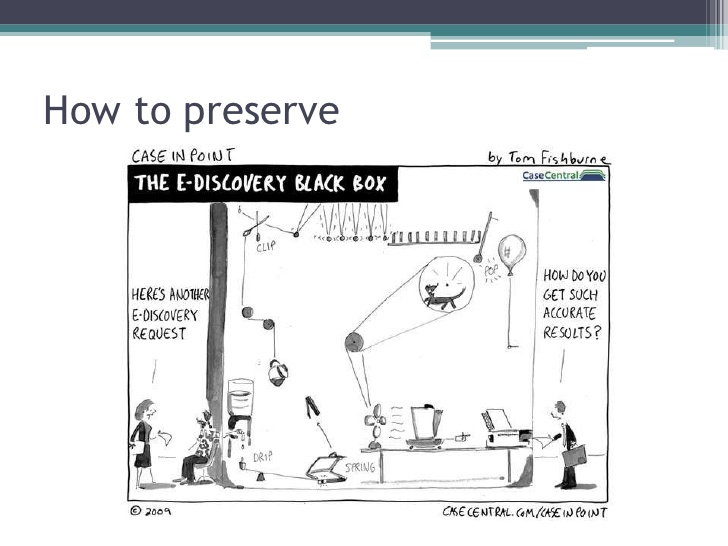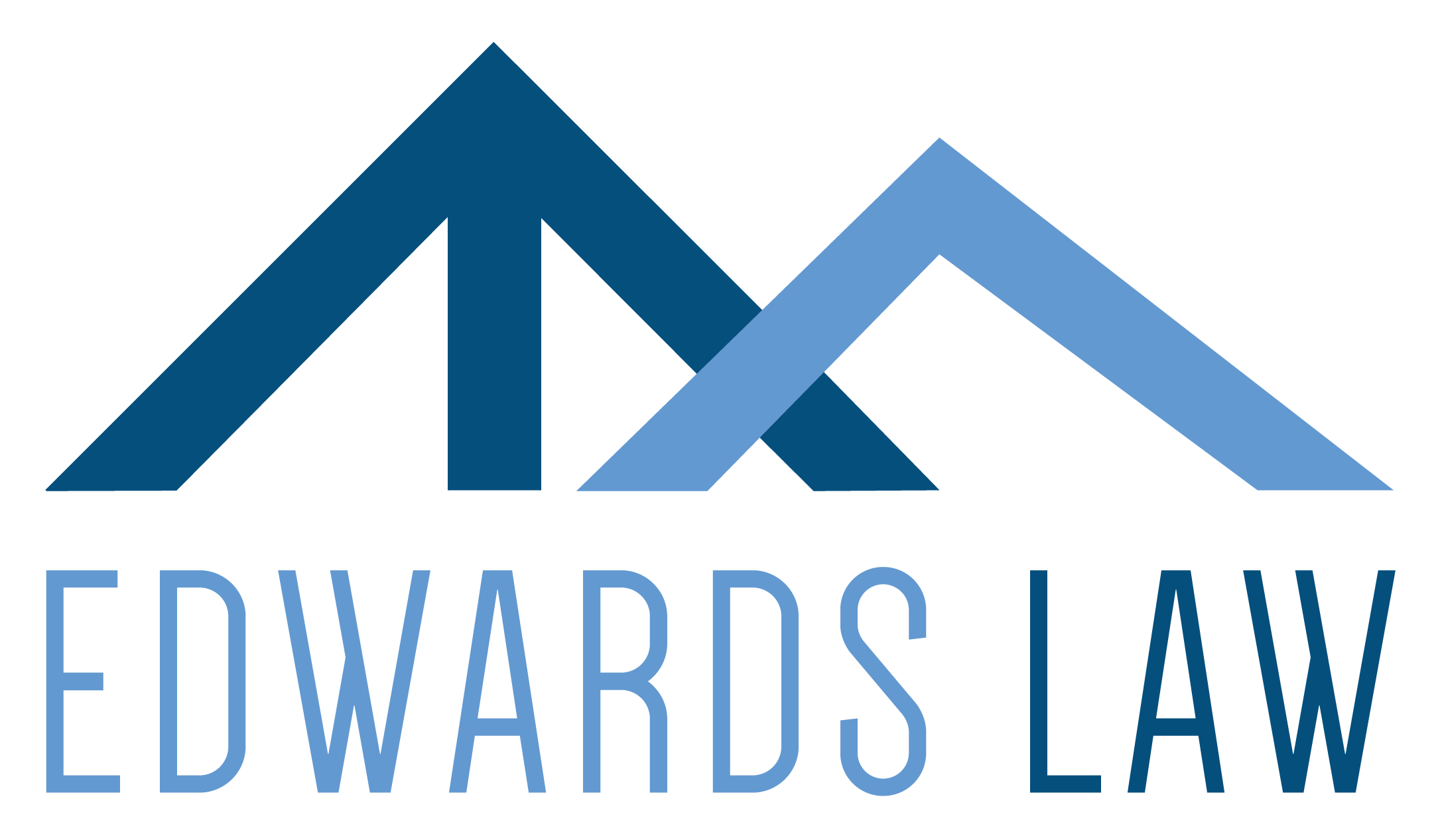
11 Mar Make Sure Evidence is Not Destroyed Before You Sue With a Litigation Hold Letter
In our last post we began a discussion about your company’s next steps when it discovers a former employee has not only improperly began competing with your business or has taken your company’s proprietary information, but has also began using your company’s proprietary information for his or her financial gain. The first step is a cease and desist letter, which is used to put the former employee on notice of his or her wrongdoings and to inform the employee of the company’s intent to pursue its legal remedies. The next step is a litigation hold letter.
What is a Litigation Hold Letter?
A litigation hold letter is a letter sent to the former employee, and sometimes their new employer, which serves to stop the employee and/or its organization from destroying relevant data due to a routine procedure of discarding files, including emails, voicemails, and other electronic data, in the ordinary course of business. Such a letter is also used to require that the new employee’s organization preserve, and prevent modifications to, all relevant hard-copy documents and electronic data within their employee’s control.
Once a litigation hold letter is issued, the company and/or the former employee receiving the letter has an obligation to implement a “litigation hold,” and stop any routine or non-routine destruction of data within the company. This ensures that the information is preserved and readily accessible when your company sues and requests this information in litigation. Failure to comply with the letter can subject the company to severe sanctions, such as monetary penalties, adverse inference jury instructions, default judgment or dismissal in a lawsuit.
While a litigation hold is the most obvious way to ensure that the former employee and his or her company stop the destruction of important information before your business is ready to start a lawsuit, there are other obvious ways to implement the litigation hold, such as sending the former employee and/or its new company a demand letter, along with a summons, subpoena or complaint, or sending a cease and desist letter, which could include the litigation hold demand. Also, if the former employee’s company receives a notice of a government investigation, this will require the company to implement a litigation hold.
How Do You Draft a Litigation Hold Letter?
Since the purpose of the litigation hold letter is to ensure information relevant to the dispute, investigation or audit is preserved, the letter must provide a clear description of the subject matter involved in the dispute, investigation or audit, so that the recipients of the letter can identify the relevant information. The case description should be detailed, succinct, and written in “plain English,” meaning, easily understandable by recipients. It is not enough to simply identify the name of the matter or the complainant, or to provide a general description of the investigation. The language should be tailored to the particular event that triggered the litigation hold. Here is a list of general drafting rules to consider:
- Identify all data to be preserved:
State the relevant time period. The specific range should cover preservation of all potentially relevant documents and data, even if the parties may agree to the production of documents and data within a narrower timeframe.
Specify all relevant documents and types of documents. If the dispute involves a contract, the specific contract or contracts should be identified. Also, the notice should specifically state that drafts of the relevant contracts and notes about the contracts must be preserved.
Identify all potential sources of data that may contain relevant information. If the key players in the dispute communicated about matters via text or by using instant messaging, the notice should specify that texts and instant messages must be preserved.
State that all relevant data must be preserved in its original form, without modification. The letter must specify that in order for an electronic document to be properly preserved, it must be saved in all formats in which it was accessed, including hard copy if it was printed, saved versions on hard drives, if the document was saved unto a disk or a USB drive, and saved versions in different locations on a computer, if it was moved to numerous electronic folders by the recipient. The recipient of the hold letter should be able to use the letter as a “checklist” for ensuring every location for relevant information is covered. Specify files types, databases and cloud-based storage as relevant.
Instruct the company to talk to their IT department so that they can immediately suspend automatic deletion of relevant data. The letter should include detailed instruction to the recipient’s IT department to suspend all automatic deletion and writing over of company emails and other electronic data that are covered by the notice. Also, if the electronic data is stored by any third party, cloud-based storage service provider, those providers must be advised to suspend routine, automatic deletion practices as soon as possible.
- State that preservation is mandatory: The notice should warn the recipient of the consequences of failing to preserve relevant documents.
- State that the notice should be forwarded to individuals with relevant information: Typically these notices are not distributed company-wide, but rather forwarded to individuals at the company with relevant information, such as leaders of business units and individuals known to be involved with the relevant subject matter. If such individuals are known, they should be named in the hold letter.
- Set forth the duration of the litigation hold: The hold letter should state that the receiving company has an ongoing duty to preserve all relevant documents and data, and must preserve all relevant documents and data until further notice.
This list is not exhaustive, and will require additional information if the hold letter is being drafted internally for purposes of ensuring your company’s compliance with a litigation hold letter received by another company or government entity. If your company is interested in sending a litigation hold letter, or has just received one, call Edwards Law today to learn about your legal options. The first consultation is free.


No Comments